‘Switzerland wanted its own atomic bomb’
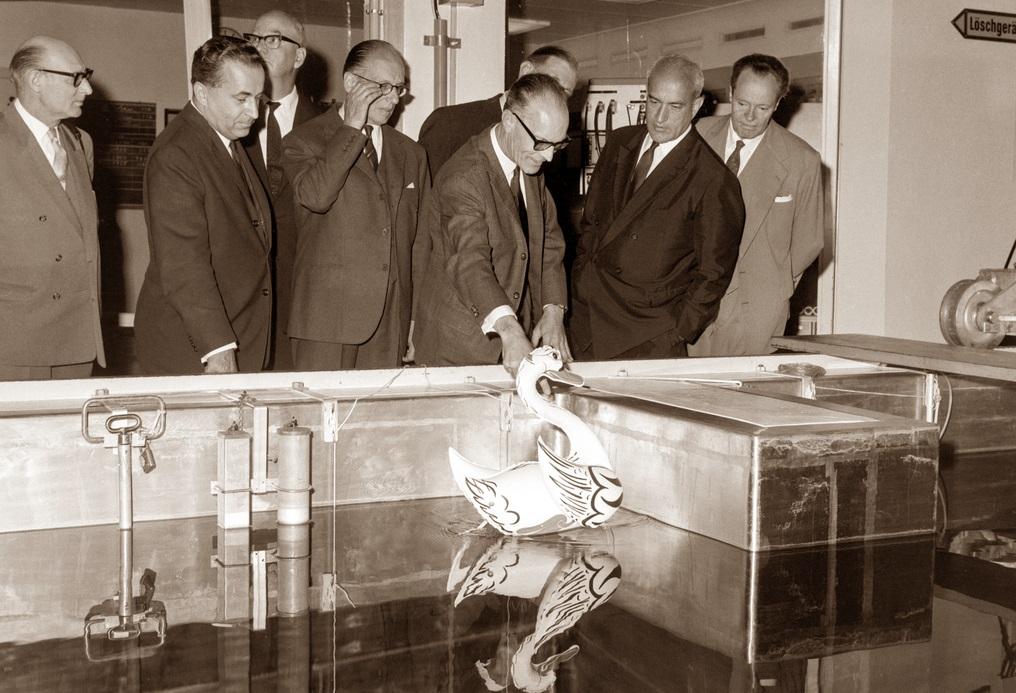
For 40 years Switzerland looked into producing its own nuclear bomb. Artist Gilles Rotzetter has shed light on this hidden chapter of history and says that many answers are still lacking.
Rotzetter’s installation will be on show at Kunstmusem LuzernExternal link through August 20. The museum describes his work as “figurative, direct, rough, forceful. One thing they are not is beautiful. In the tradition of Bad Painting, the artist cultivates a shrill to gloomy palette and uses strong contrasts”.
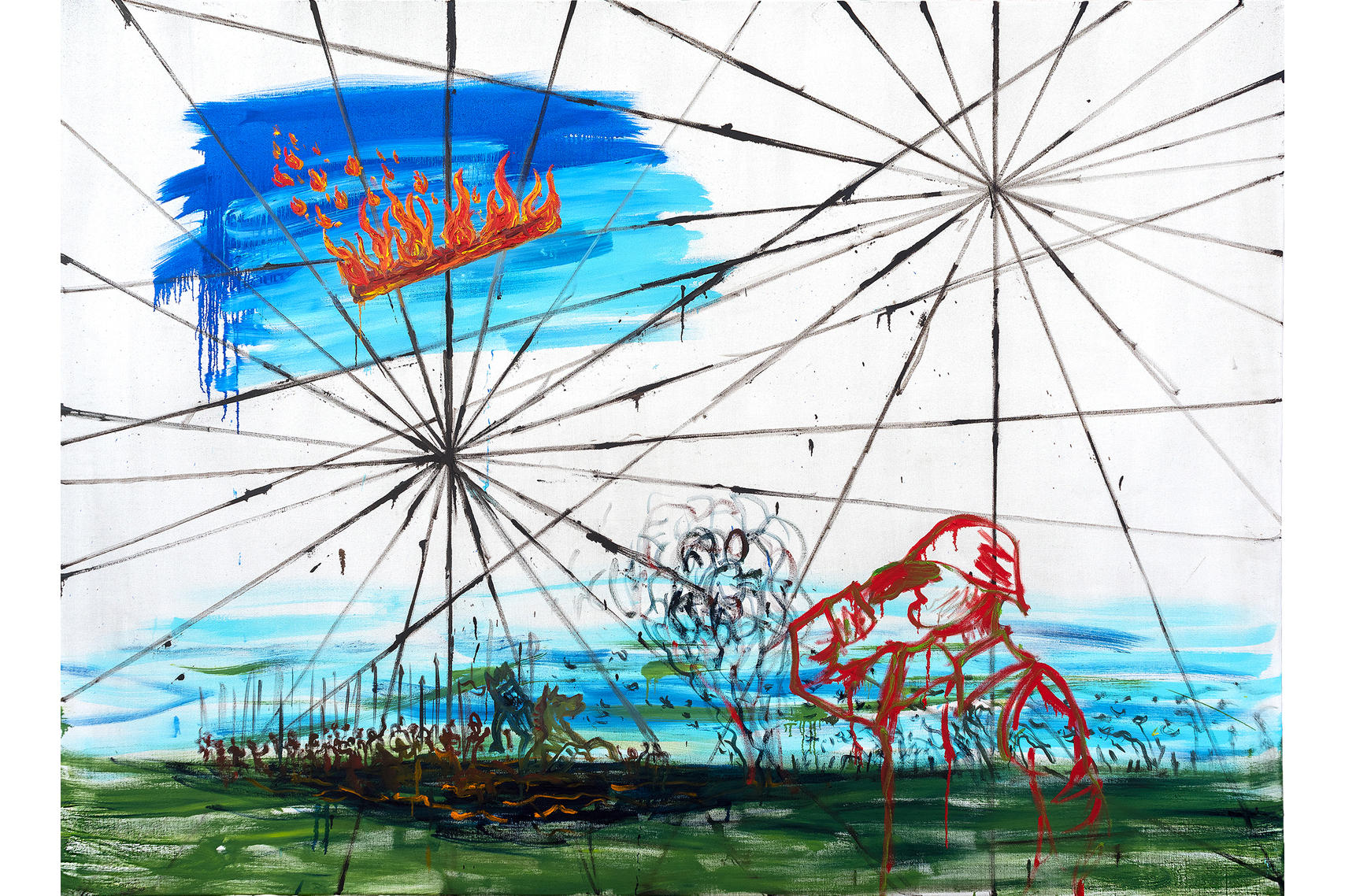
swissinfo.ch: You are currently featured in an exhibition called “Swiss Atom Love”. What is it about?
Gilles Rotzetter: I tell the story of the Swiss atomic bomb. One month after Hiroshima, Switzerland decided to build its own atomic bomb.
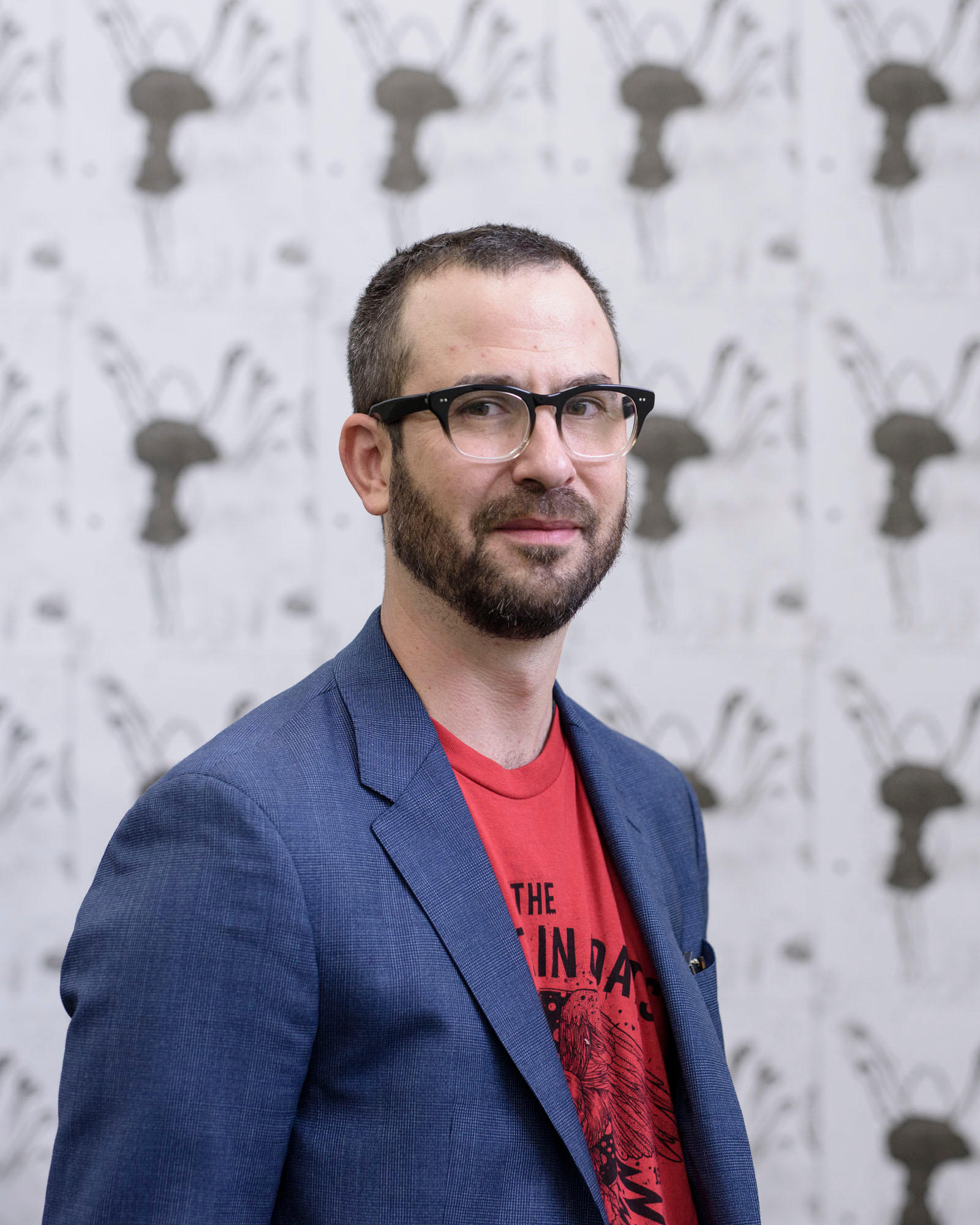
swissinfo.ch: Who was responsible? And was there a secret plan?
G.R.: This is the interesting thing. It’s all very well documented. It was partly secret, but partly completely official – there are two parallel stories here. On the one hand, it’s about energy provision, with the story of the Swiss atomic bomb running beneath it. There was also a vote on it, the People’s Initiative on Banning Atomic Weapons of 1962. Many people were involved over the years, The Swiss nuclear weapons programme began in 1945 and run until 1988. The atomic bomb plans only ended when Switzerland signed the [United Nations] nuclear ban agreement in 1996.
swissinfo.ch: How did you get interested in the subject?
G.R.: It started with an anecdote, a friend who asked me if I knew that Switzerland wanted its own atomic bomb. Wow, I didn’t know that. I began to get interested in the subject and thought, logically, that because it was a long time ago, everything would be fully explained. But I quickly found out that there were blind spots. This included the role played by Paul Scherrer, who worked with the United States in the Second World War. He is a key figure in the story and there were many unanswered questions about him. His was chair of the Commission for Atomic Science, but at the same time he headed – according to journalistic research in the 1990s – Swiss attempts to build an atomic weapon.
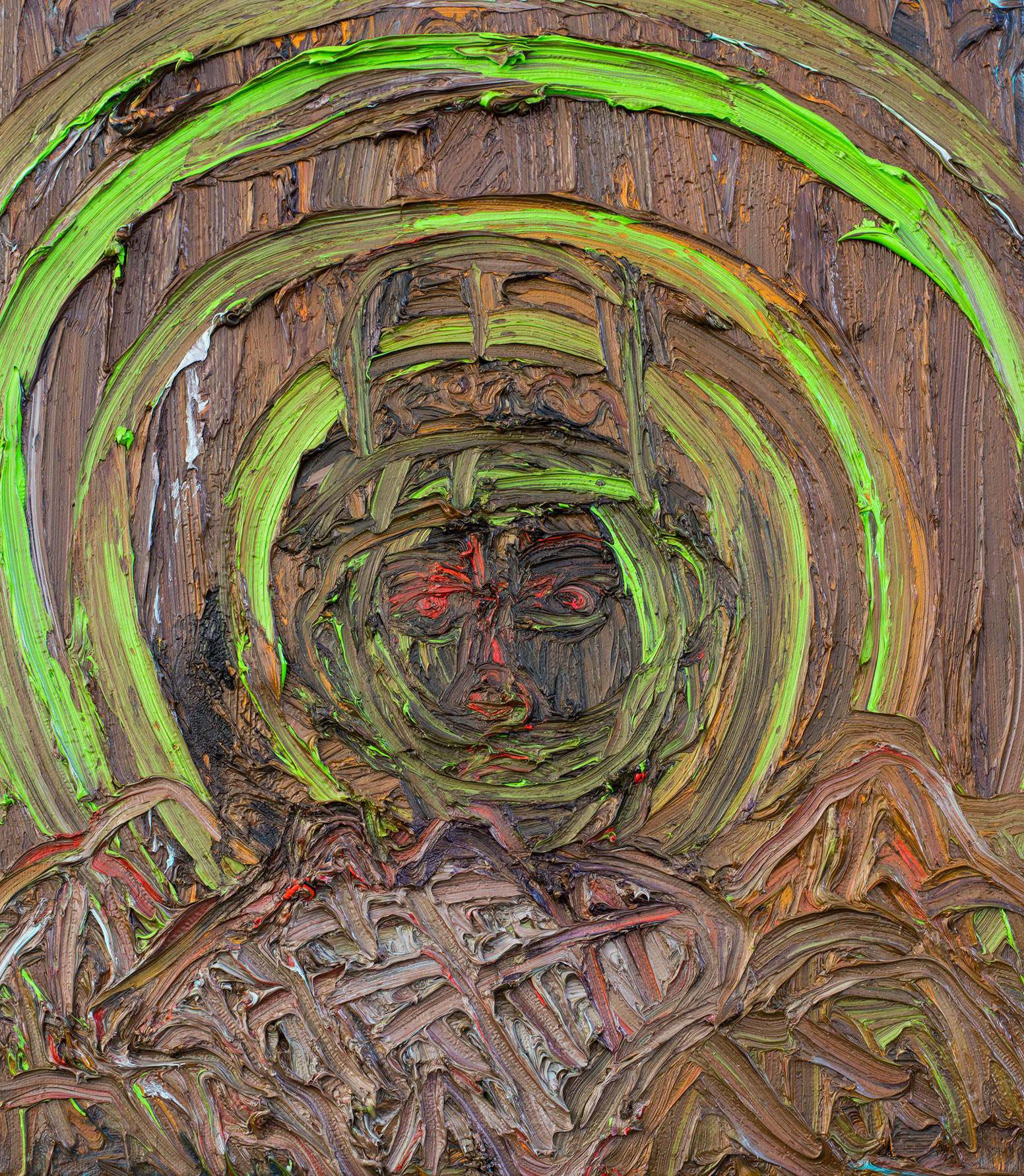
swissinfo.ch: Did Scherrer conduct research into the bomb in Switzerland?
G.R.: Yes, research by the press into the matter suggests that this was the case. But the official report ordered by Defence Minister Adolf Ogi in 1996 does not make Scherrer’s role clear. The problem is that Scherrer burned his personal archives before his death.
swissinfo.ch: What was the most spectacular result of your research?
G.R.: The spectacular thing was how many answers were lacking. Rather notable is this quote, from the then air force chief. Right in the middle of a financial scandal about the purchase of Mirage aircraft, he said: “No matter which fighter jet you buy, it has to be capable of carrying an atomic bomb to Moscow”.
swissinfo.ch: How did you obtain your information?
G.R.: There was a Tages-Anzeiger journalist who was very interested in the topic right into the 1990s. He left all the results of his research to a private archive. I’m an artist, but I’m also a reader. I have been to many archives, like that of [Swiss-Swedish engineering concern] ABB, and I was in contact with many historians around the world. But a historian cannot really examine this vast topic in great detail, also because many files have been sealed until 2050.
swissinfo.ch: You translate your complex research into radically colourful, raw, almost childish images. Does it work?
G.R .: Unfortunately, it’s not possible to paint like a child. But, yes, all my works come from my research; they feed on it. But it’s not just paintings. The installation includes a video that tells these stories. This is more realistic than the paintings, which are more metaphorical. The aspects of technology, nature and people have always been part of my work. The theme of the Swiss atomic bomb brought all these fields of interest together. Then it was a question of finding a way of telling the story. How had this story been told so far? And what remains of it? In a certain sense, I measure the distance between the historical representation, the information from the research and the painting as a medium.
swissinfo.ch: Do you know why Switzerland wanted the bomb?
G.R.: Yes, the idea was that all countries in Europe would have the atomic bomb, so Switzerland needed it, too. They even used neutrality as an argument. It was the middle of the Cold War.
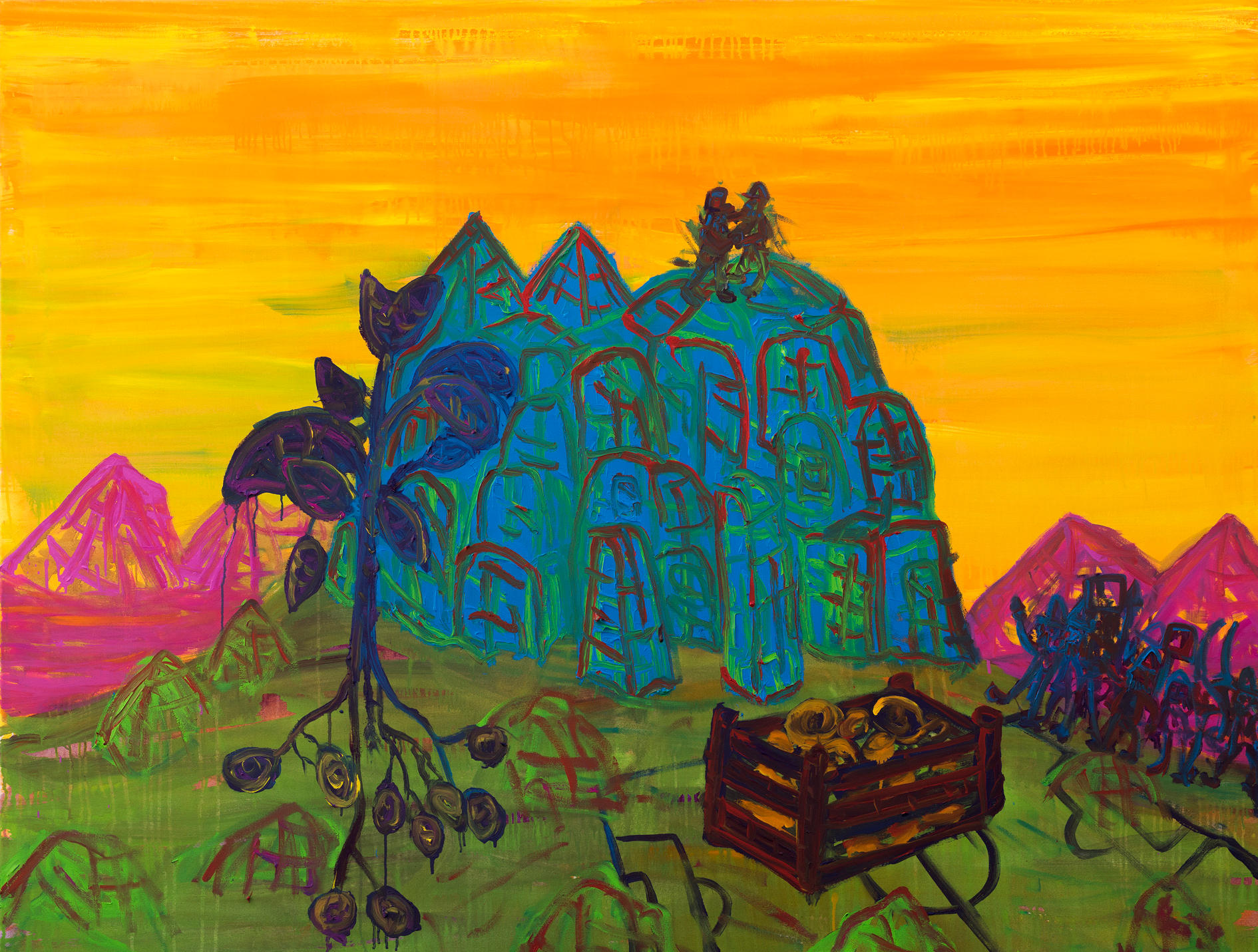
“In accordance with our century-old tradition of military service, the government’s position is that in order to maintain our independence and to protect our neutrality, the army has to have the most effective weapons. These include nuclear weapons.” Declaration of principle by the Swiss government, 1958
Translated from German by Isobel Leybold-Johnson

In compliance with the JTI standards
More: SWI swissinfo.ch certified by the Journalism Trust Initiative
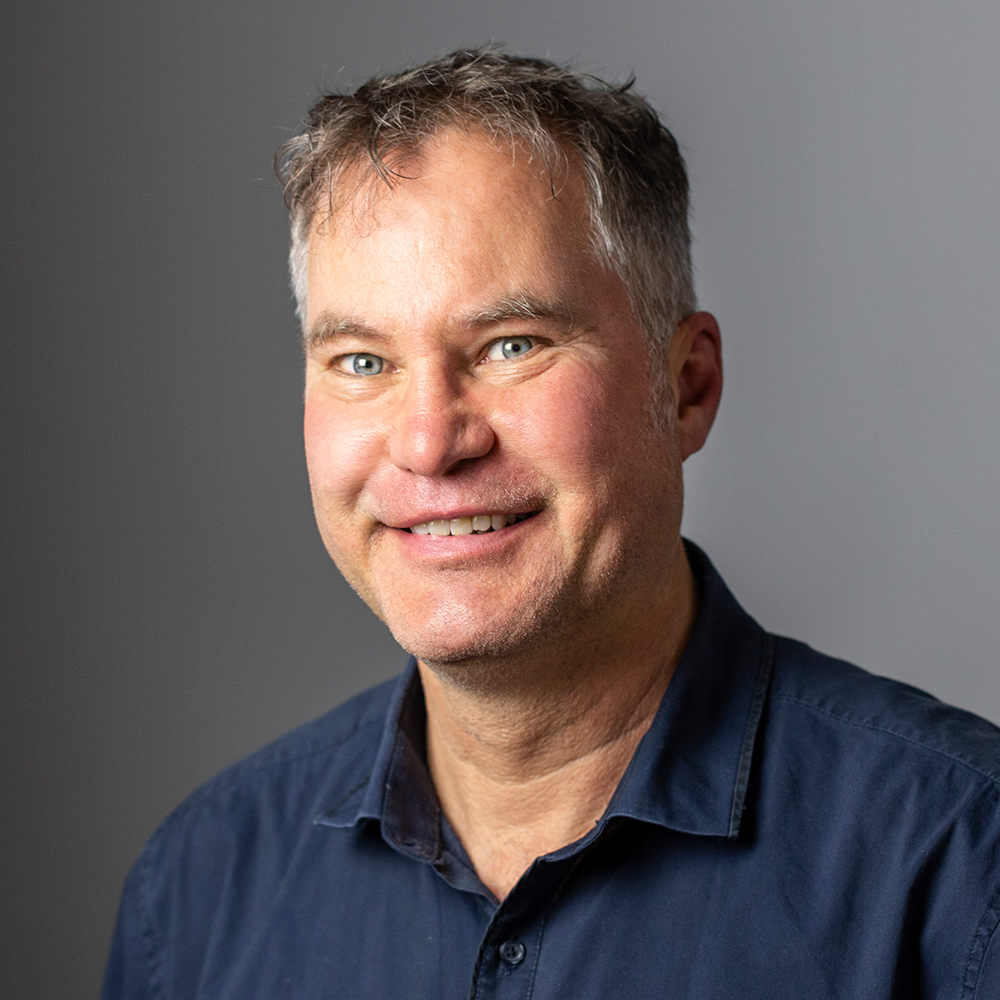
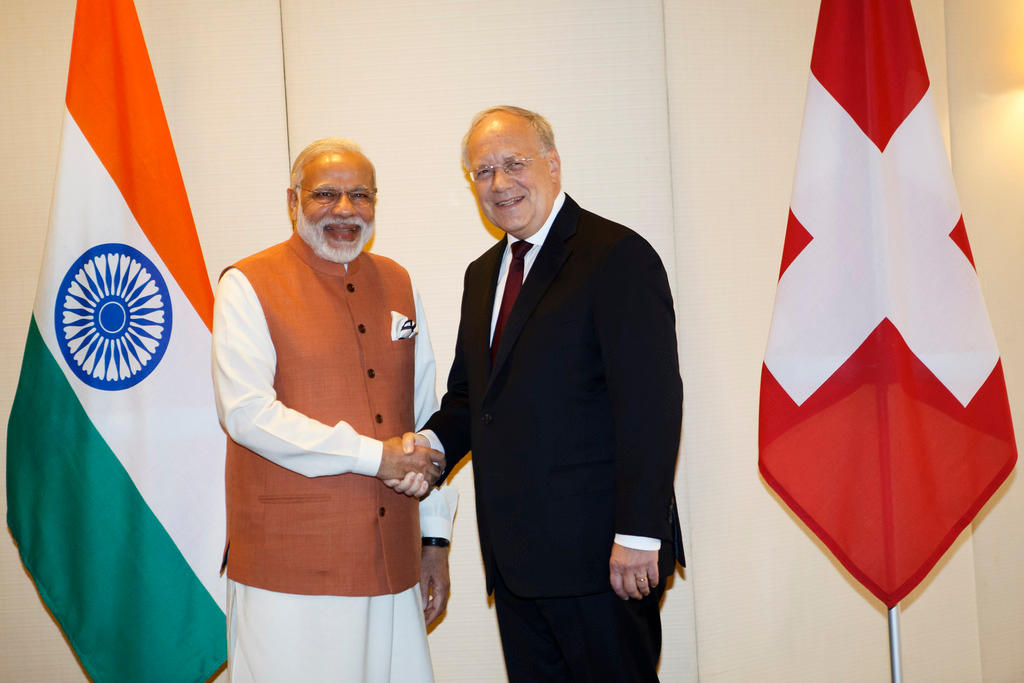
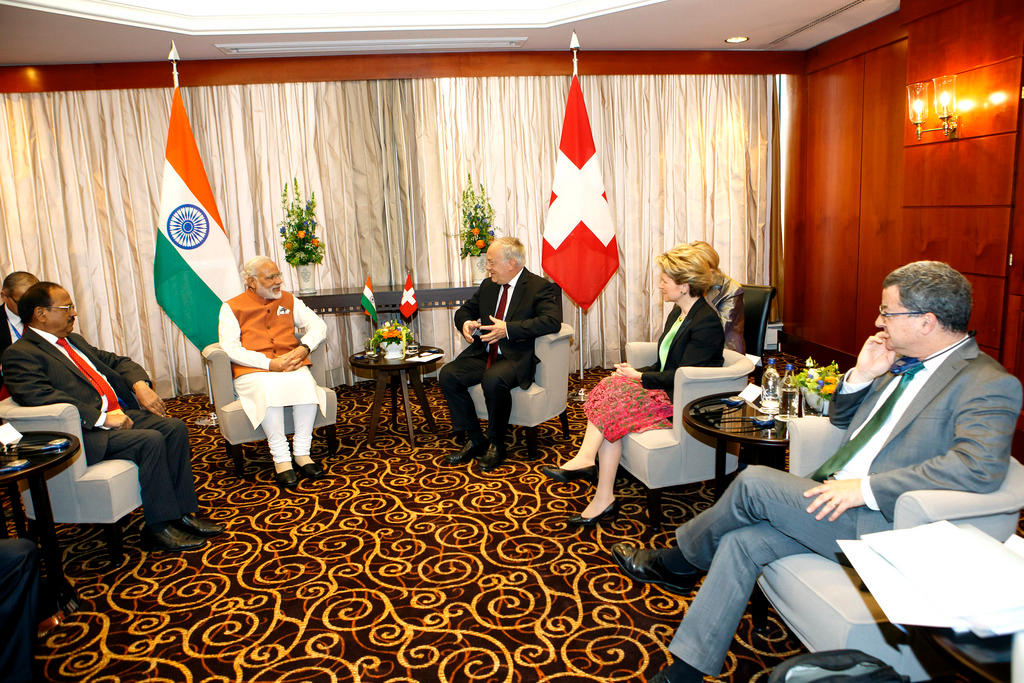
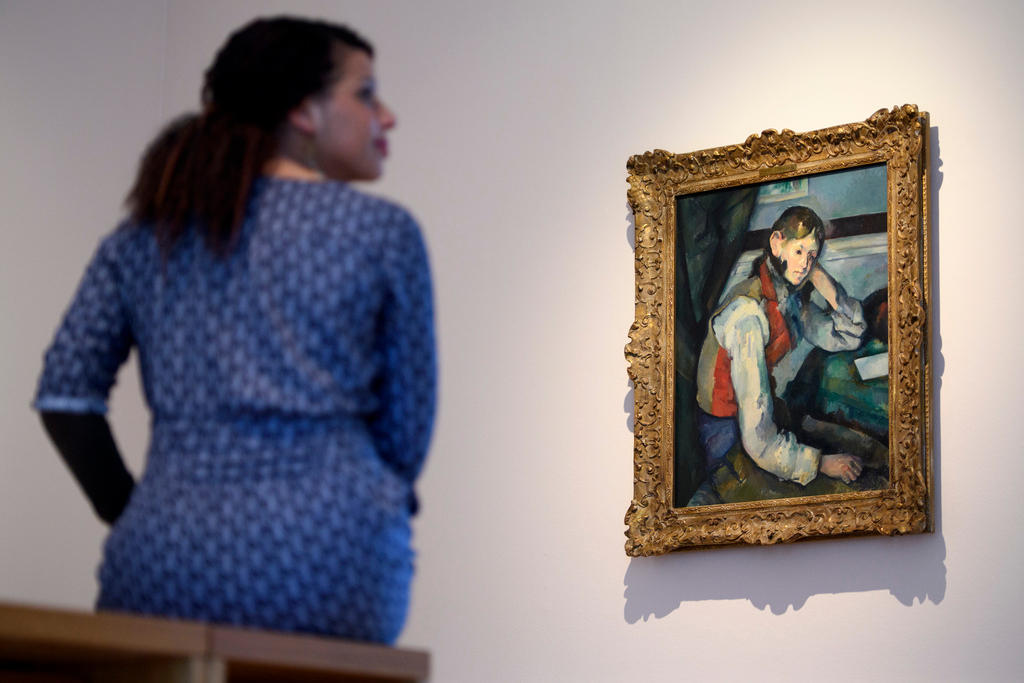
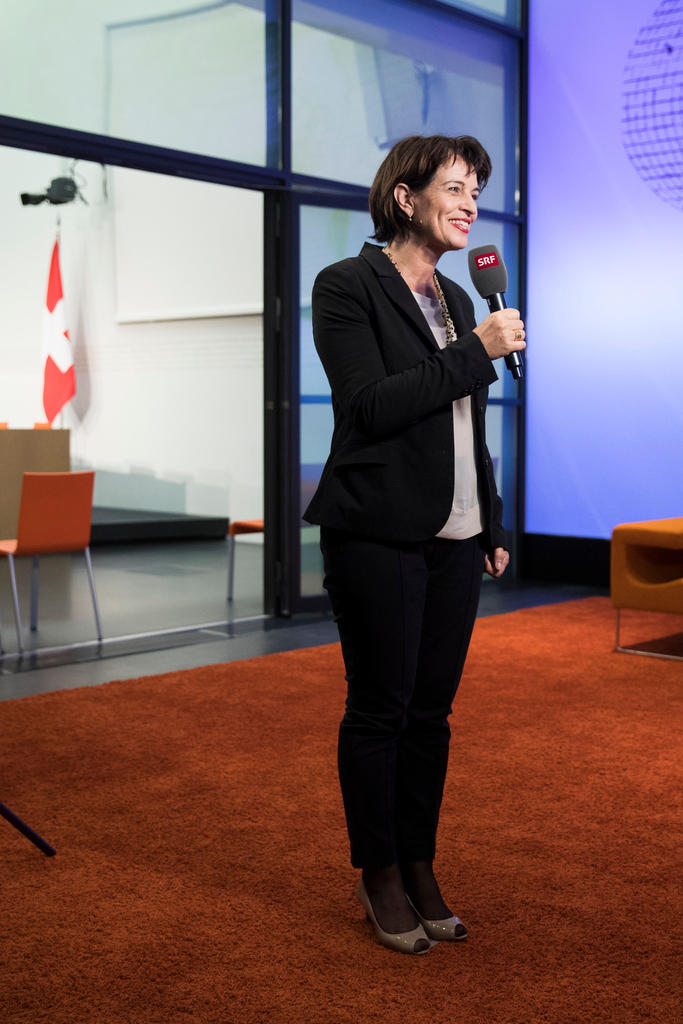
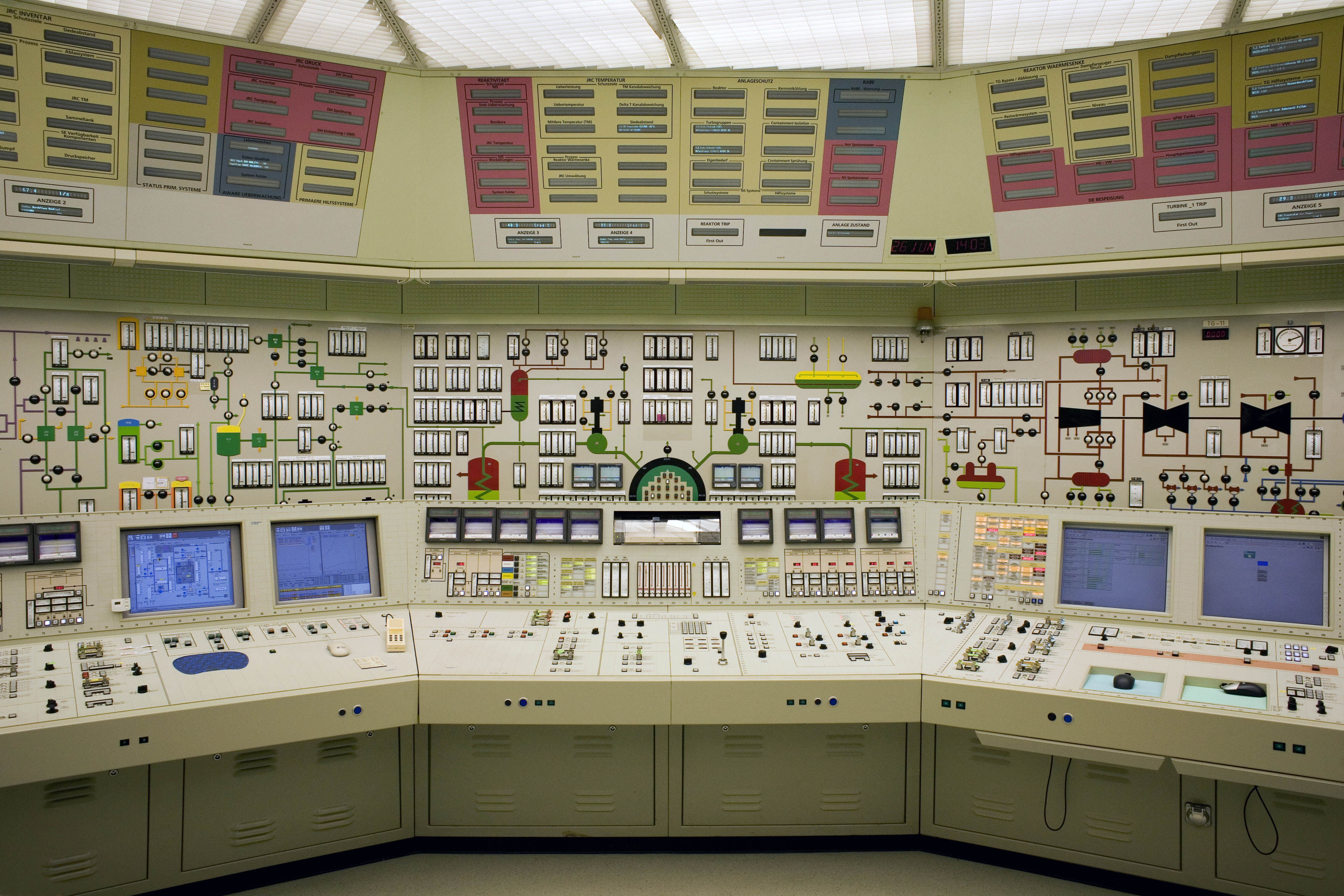
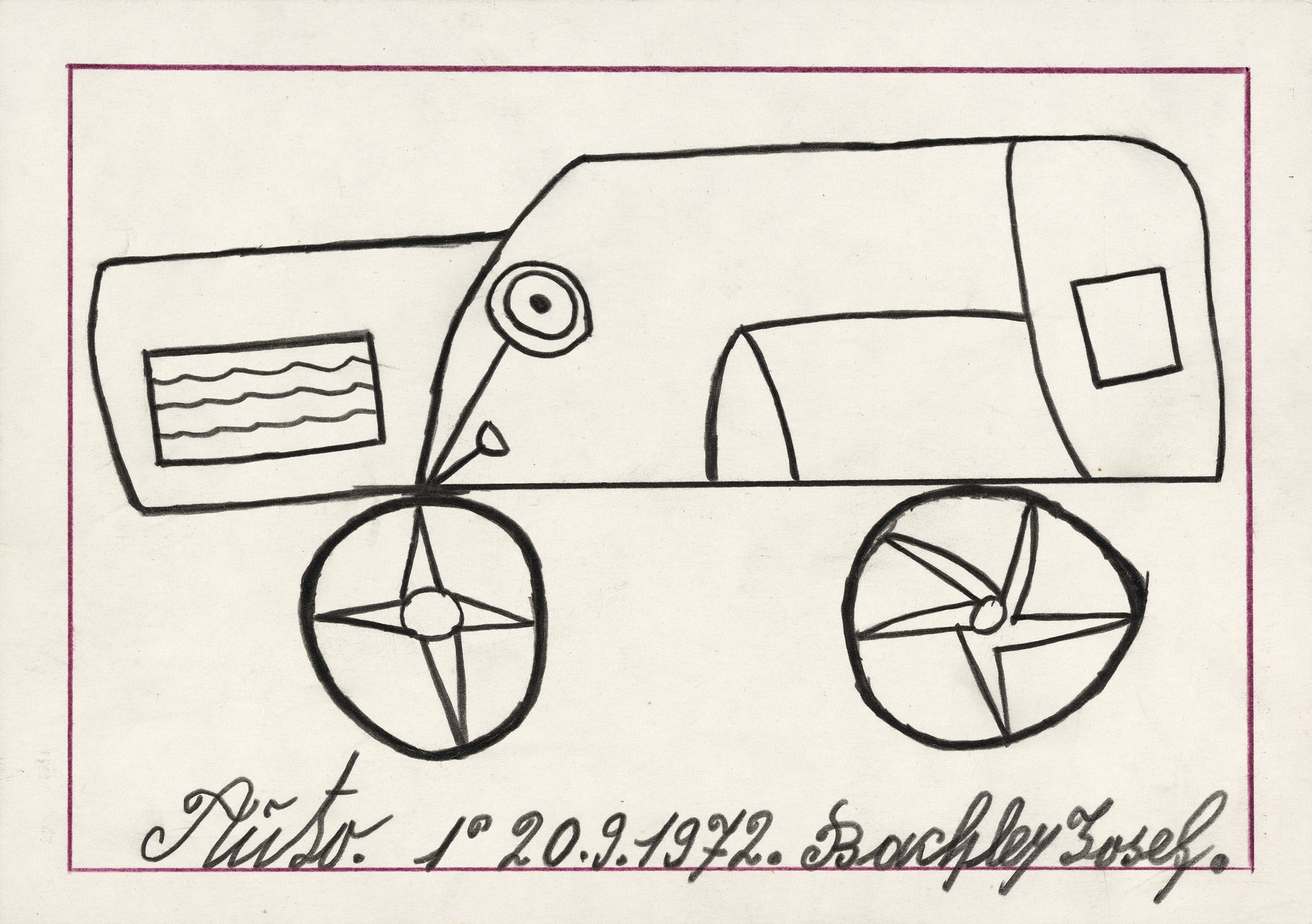
You can find an overview of ongoing debates with our journalists here. Please join us!
If you want to start a conversation about a topic raised in this article or want to report factual errors, email us at english@swissinfo.ch.